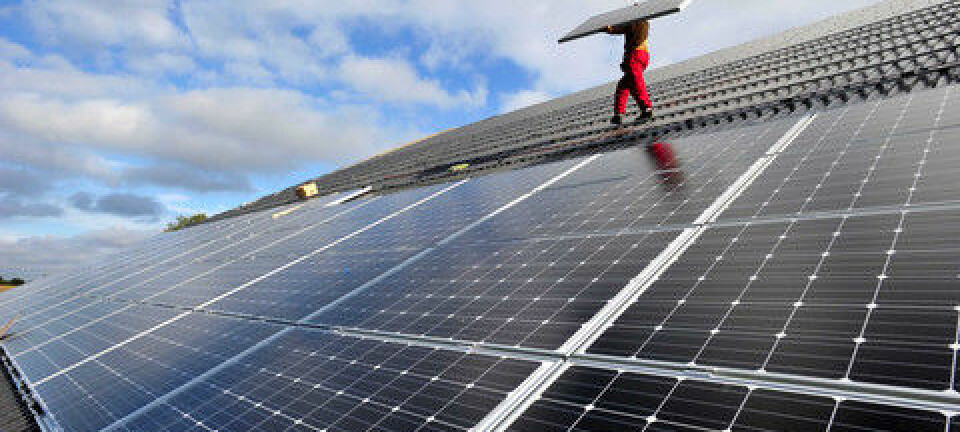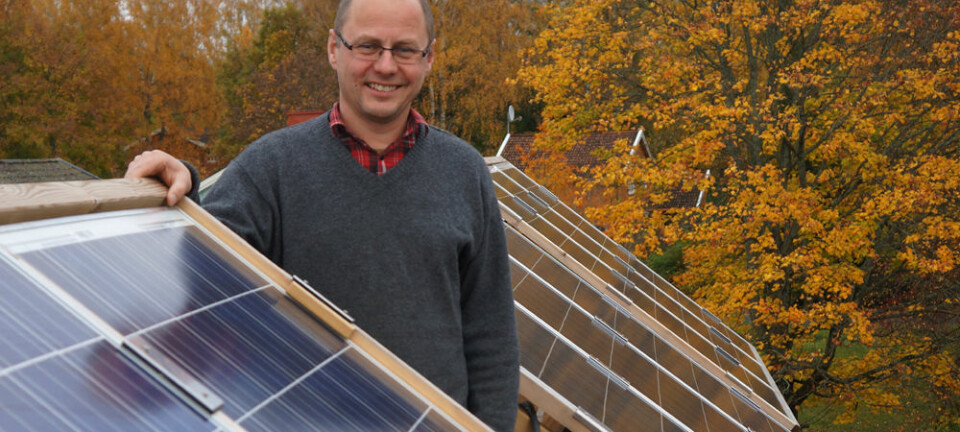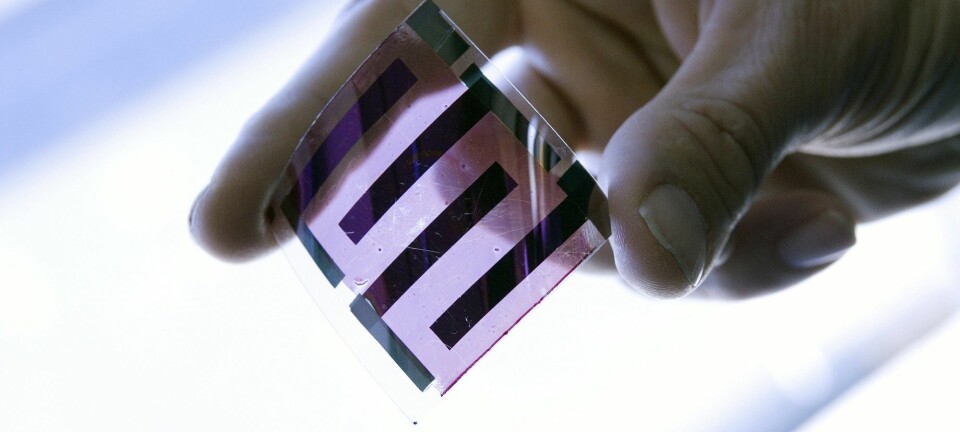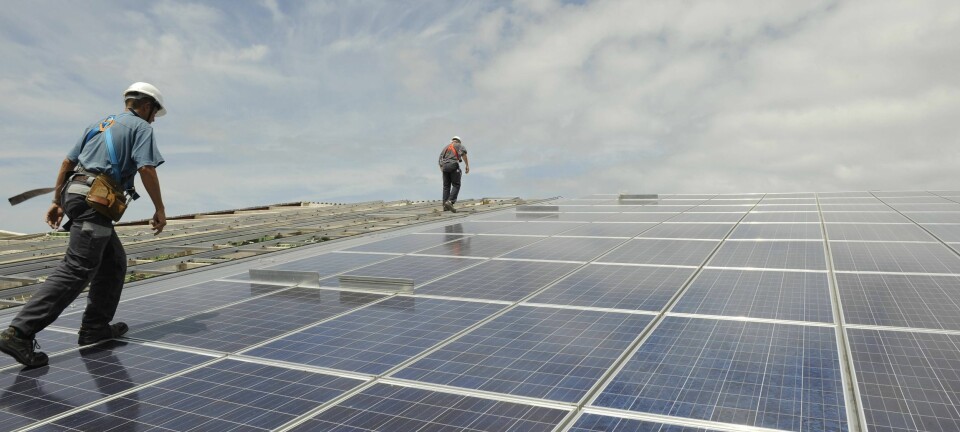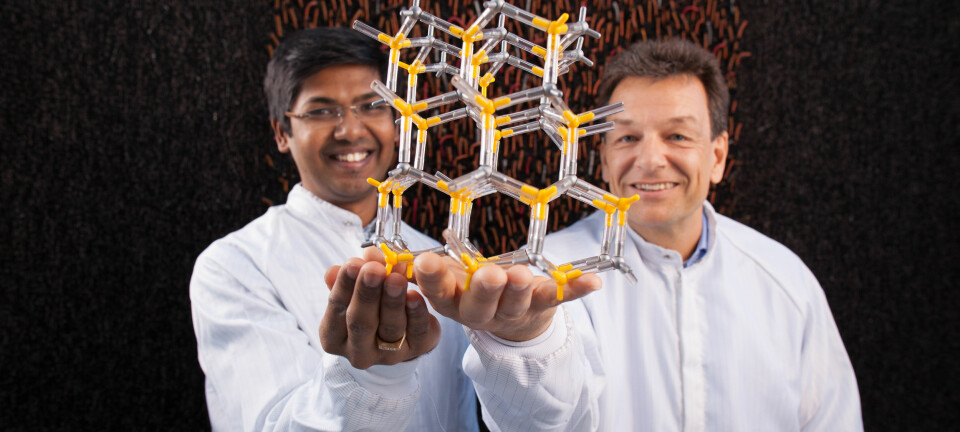
Doped graphene turns light into electricity
Scientists are one step closer to using super material graphene in solar cells.
An international team of researchers has shown that graphene makes it possible to transform a single photon -- a light particle -- into several conductive electrons.
This is an important step on the way to using graphene in solar cells.
"The key to efficiently transforming light into electrons is to combine several layers of graphene and to exploit its high conductivity in each layer," explains co-author Søren Ulstrup, a post-doc at the Department of Physics and Astronomy at Aarhus University.
In addition to this, the graphene needs to be "doped" with electrons, that is to say that electrons are chemically either added to, or removed from, the graphene.
The more electron-doped the graphene is the more current it can produce, Ulstrup explains.
Electron doping must be carefully controlled
Although scientists have known for some years now that graphene has tremendous potential when it comes to transforming light into current, there has been doubt as to how the process should be handled. And that is precisely what this new study is helping us to understand.
"The discovery confirms theories that have predicted these processes, showing us for the first time how important it is to take the doping level into consideration," says Ulstrup.
"This means that if you want to design solar cells or other light-based detectors, it's important to control the doping pretty precisely," he says.
Professor: beautifully executed basic science
Professor Bo Wegge Laursen from the Department of Chemistry and the director of the Nano-Science Centre at Copenhagen University is also involved in graphene research. In his opinion, the experiment contributes new, applicable knowledge.
"I think this is an example of extremely exciting, beautifully executed basic science. The study gives us new detailed insight into how light and graphene interact with each other," says Laursen.
He believes it is likely that graphene will find its way into solar panels one day.
The scientific paper 'Tunable Carrier Multiplication and Cooling in Graphene' has been published in Nano Letters.
---------------
Read the original story in Danish on Videnskab.dk
Translated by: Hugh Matthews
